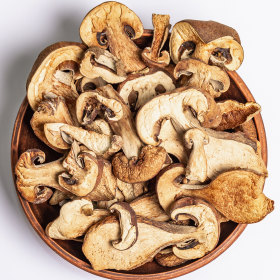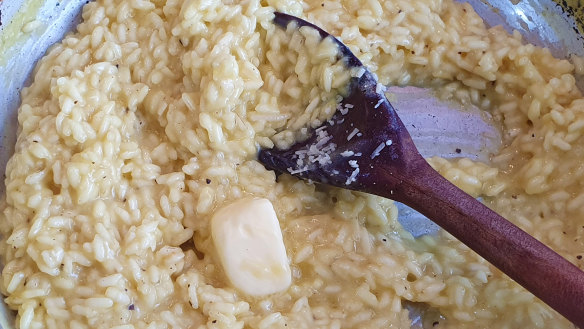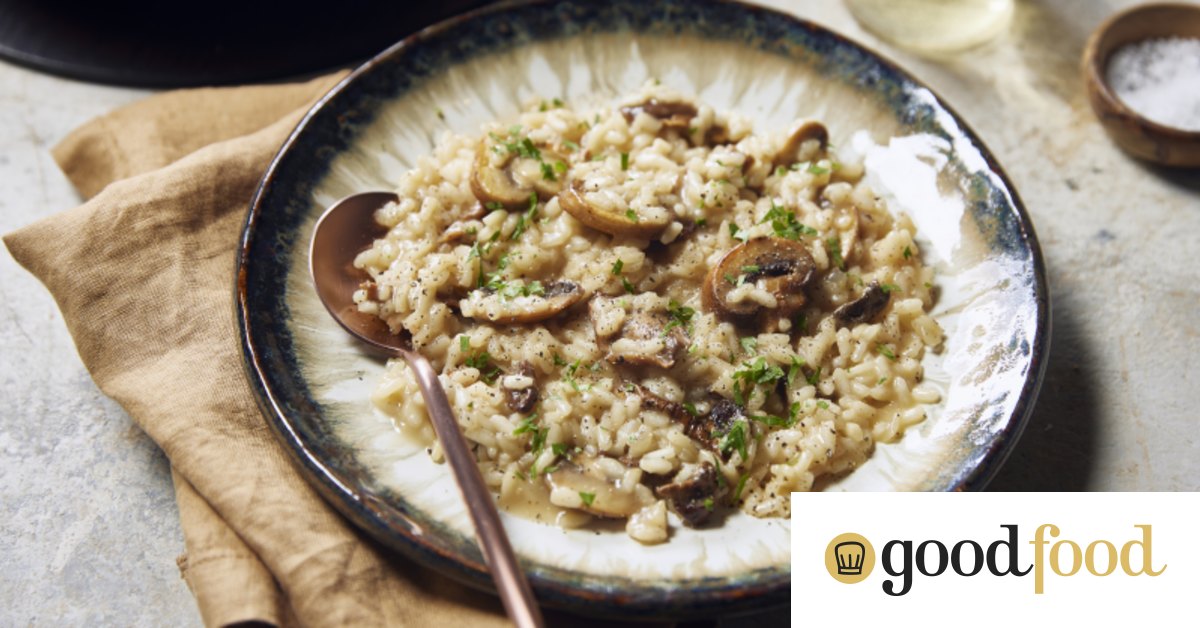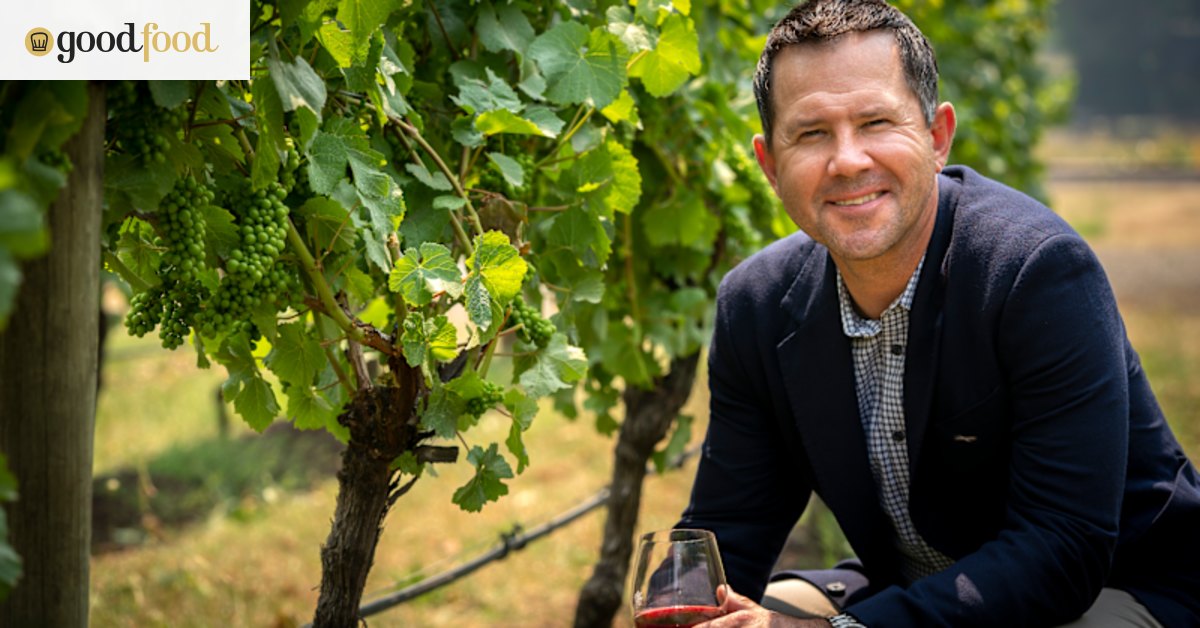Masterclass
Risotto is easy
The idea that risotto is a difficult dish to make is entirely a made-for-TV drama.
I love Jamie Oliver, but telling people all those years ago that you have to stir risotto constantly for half an hour while it cooks has done the risotto-making world a huge disservice. I don’t know a single professional chef who stirs risotto constantly, and I know quite a few who don’t stir it at all (until the very end). I find that a constantly stirred risotto is too gluggy because the grains have been mashed together rather than remaining separate.
It’s not only Jamie’s fault. Reality TV taught us that risotto was a “death dish”, but that has nothing to do with risotto being difficult and quite a lot to do with the fact that on reality TV cooking shows, there’s often a verrrry long time – sometimes hours – between a dish being cooked and it being tasted and judged. Risotto changes texture very quickly, which is why I recommend reserving a little stock so that you can adjust it at the last second. You could make the most perfect risotto in the world, but let it sit for an hour in a TV studio and you’ll have hard plaster.
This isn’t the first time TV has lied to you and it won’t be the last, but now that you know risotto is as easy as cooking a pot of rice, there’s nothing to stop you from achieving risotto perfection.

Dried mushrooms
Almost all mushrooms are high in natural glutamate, and some (like shiitake) are also high in guanylate. These two compounds give mushrooms a strong savoury flavour, and when dried, these savoury characteristics go into overdrive, so a little dried mushroom can go a long way. It’s like the difference in savouriness between a piece of fresh pork belly and a piece of pancetta.
Dried porcini can be expensive, so if you want to save a few dollars, a little hack that I often use at home is to substitute dried shiitake for the porcini. It’s a different mushroom with a different flavour, but you’ll get a similar savoury boost at less than a tenth of the price.
Really, the microwave?
Yes, really. If you want to stop fresh mushrooms from absorbing too much oil when you cook them, the microwave is a game-changer.
Mushrooms are made up of a network of fibres called hyphae, which trap a lot of water and air. Cooking mushrooms damages the fibres, releasing water and air, but sucking up oil in the process. Microwaving mushrooms helps break down the fibres, so that when you fry them, they absorb far less oil. It also releases the water trapped within the hyphae, giving you cooked mushrooms that are ready for frying and a few tablespoons of concentrated mushroom stock to use in your dish.
Don’t worry about overcooking the mushrooms. The fibre in mushrooms is called chitin, which is hardier than the cellulose that makes up the cell wall of vegetables. Its toughness helps the mushroom push through rocks and plant material as it grows, so it doesn’t break down very easily when cooked. This is why, when you cook a mushroom, it retains its shape rather than breaking down as a carrot or onion might.

Mantecatura
We discussed mantecatura back when we were analysing Australian bolognese. It’s the process of emulsification that provides a rich texture to pasta dishes, but for a creamy risotto, it’s the whole ball game.
“Creaminess” as a texture in pasta or risotto is rarely from cream. Rather, the emulsification of starch, protein and fat create the texture we’re after. In carbonara, this is cheese and egg emulsified with pasta water. In risotto, the starch and protein from the rice is agitated with grated cheese, butter or oil to create a creamy texture.
For one or two serves of risotto, this is best done by finishing the risotto in a frying pan, adding cheese and butter or oil and tossing it in a wave motion like you might if you were tossing a wok. For larger serves, vigorously beating in the cheese and butter with a wooden spoon is entirely fine.





